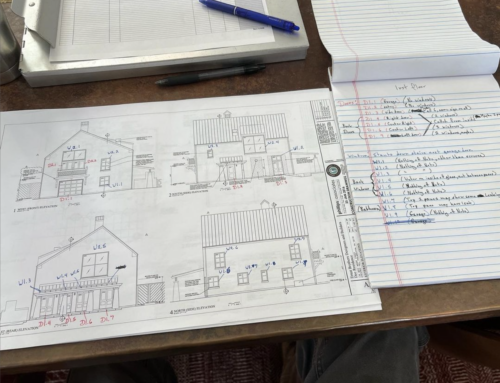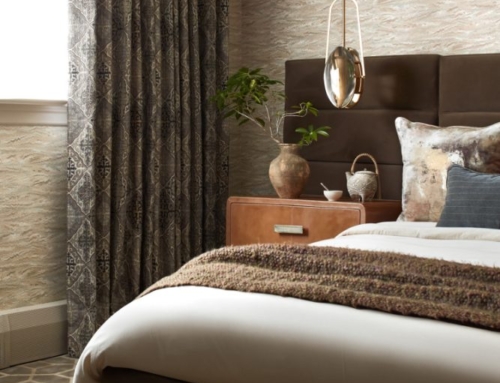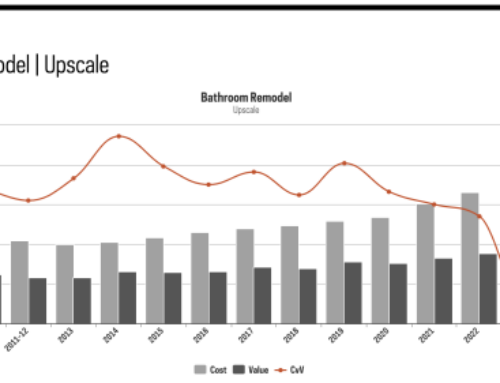Easy DIY Projects With Big Results
When we bought our house, it was a “granny house.” No offense to the grannies out there, but everything in the house was either pink, or ruffles, or completely vintage and spotlessly clean circa 1957. The house even smelled of lady’s powder.
“Granny” is an adjective that no homeowner wants to hear when someone is talking about their house, but it’s a great descriptor to hear when you are buying a home. It generally means you will get a house with good bones, but perhaps some stylistic or cosmetic issues. So you can buy the house a bit cheaper than if it had been updated, and then update the house the way YOU would like. This was the case with our house.
The former owner of our home was named Mildred, and she lived there from the day it was built. Her husband was the realtor who sold all the houses in my neighborhood, which were all built by the same builder. All of these houses are ranchers and split-level homes. Our house is a split level, and, like most houses of the 1950’s, the garage is a prominent feature of the design. The 1950s was the decade when cities started to sprawl into suburbs, and cars made this possible.
Our house had many other exterior elements that were not helping its appearance. There was a fake cupola, and there still is a fake dormer with no attic access. These will be corrected when we replace the ugly white asphalt roof with a proper new shingle profile and color.
Much of the home’s original cedar and wood siding had been covered with aluminum siding. Later that was removed in some areas and a layer of vinyl was installed. These two cover-ups hid much of the home’s simple, low-lying design style. They caused some nasty water damage, as well. The repair task list is large, but I nibble at it in sections.
The rear face of our garage still had mildewed ugly “builder’s beige” vinyl siding on it. This past weekend, I took a few hours to remove it. There were several hundred roofing nails, some gappy styrofoam insulation that couldn’t have been doing anything, and, of course, the vinyl siding. It’s a bummer because this material can’t be recycled. It goes into the dumpster. That’s why we typically do not sell it.
Underneath the vinyl, I found in perfect condition the original board and baton wooden siding, slightly mildewed from water that had been trapped beneath the vinyl. Mildred’s favorite color was pink as you can see. A wash, some paint prep, and you can see the results … much nicer! Now this portion of the house has a texture, color and pattern that complements the whole house.
Anyone can take on this kind of DIY reveal tune-up on their own home.




